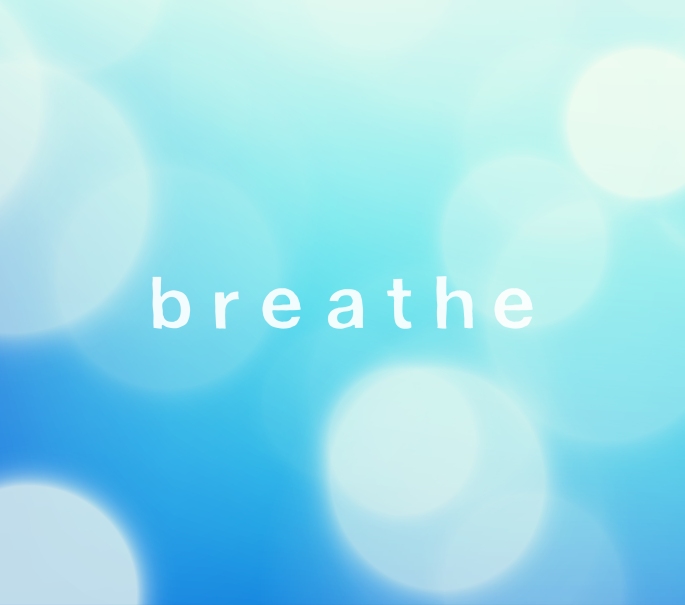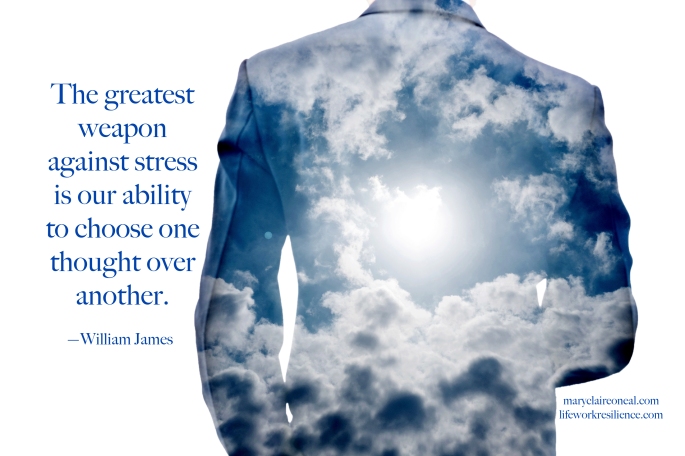Undoubtedly we all face multiple demands each day, such as a heavy workload, experiencing stressful events in the world, caregiving for a family member, or concerns about making ends meet. When we are in a state of stress or overwhelm, our bodies release chemicals like cortisol. The hypothalamus responds to stress or perceived stressful situations by setting off nerve and hormonal signals sending messages to the adrenal glands that release a cascade of hormones, including adrenaline and cortisol. Being in a state of stress regularly can result in cortisol toxicity, and it places a lot of wear and tear on the body. This increases the risk of numerous health problems like, digestive disorders, headaches, heart disease, weight gain, sleep problems, memory and concentration impairment and depression.
Slowing one’s breathing down and breathing more deeply begins a process of changing your body’s physiology. Breathing more deeply and slowly and adding a renewing emotion like gratitude or love will bring about very positive change within your heart, your autonomic nervous system and your brain. You can reach a state that neurocardiologists call “coherence.” Coherence is when your heart, autonomic nervous system and your brain are in sync and a state of balance. When in coherence, chemicals like DHEA are released that help you feel good, enhance health, and give you energy.
Tip #2 in this series: HeartMath® Institute’s Quick Coherence® Technique

Try this technique anytime you are experiencing stress, before attending meetings, and beginning and ending your day. The Quick Coherence® technique is practical and can easily be used during a busy day. At first you may wish to do the technique with your eyes closed. As you get familiar with using it, try the Quick Coherence® technique daily with your eyes open; you’ll likely use the technique more often.
© Blog Copyright 2016, Mary Claire O’Neal
Quick Coherence®is a registered trademark of Doc Childre
Mary Claire O’Neal is a HeartMath® Certified Trainer and Coach, communication and leadership consultant, and author of the award-winning book, Becoming What You Want to See in the World.
For more information: maryclaireoneal.com












 When asked, most people say that taking a walk out in nature is a very effective way to bring more balance and health into a busy life. Time outside, away from activity and technology, can bring more clarity of mind when you are stressed or facing situations beyond your control. Taking a walk in the sunlight, feeling the breeze, and enjoying the beauty around you is very refreshing for the mind and spirit with the added benefit of healthy exercise for the body.
When asked, most people say that taking a walk out in nature is a very effective way to bring more balance and health into a busy life. Time outside, away from activity and technology, can bring more clarity of mind when you are stressed or facing situations beyond your control. Taking a walk in the sunlight, feeling the breeze, and enjoying the beauty around you is very refreshing for the mind and spirit with the added benefit of healthy exercise for the body.
You must be logged in to post a comment.